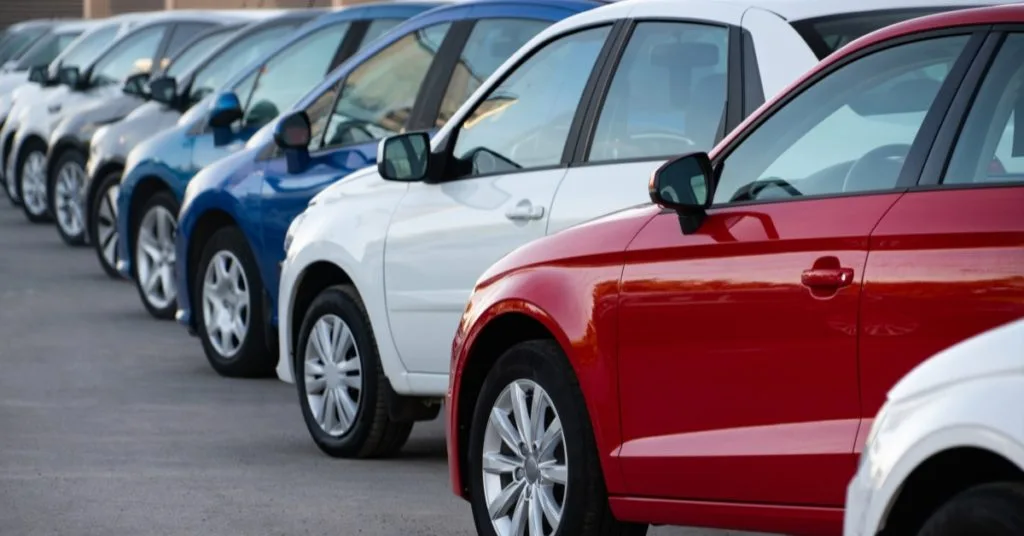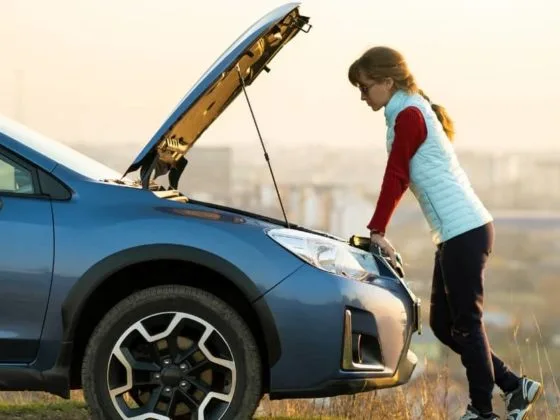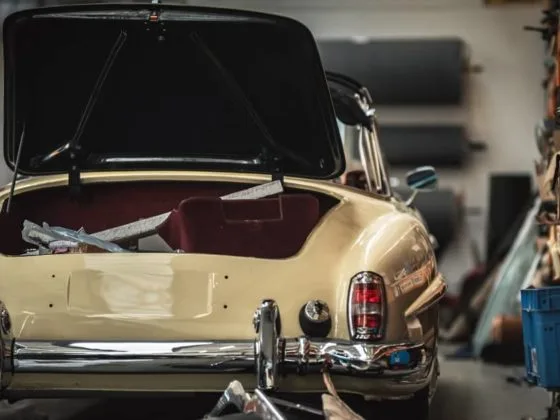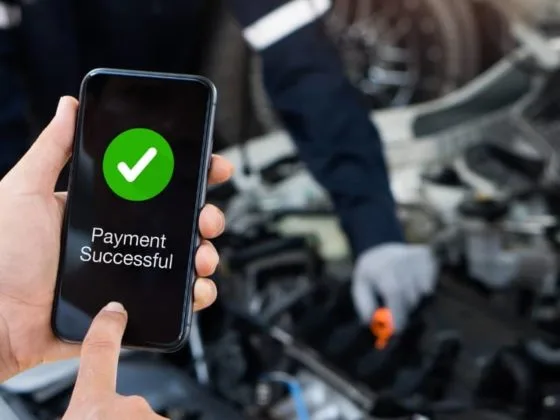The UK used car market is experiencing a boom. In 2024 alone, used car sales jumped by 5.5%, with over 7.6 million used cars sold. This is a strong post-pandemic rebound. So, what’s fuelling this surge in the demand for pre-loved cars? Several key factors are at play, like the rising cost of new cars, supply chain issues and economic pressures. It’s also important to note the electric vehicle (EV) revolution and how this has started to impact the overall cost of running a car.
The Cost of New Cars Has Increased
Brand-new cars have never been pricier. The cost of new cars in the UK has risen in the last few years to around £39,000 on average. Even traditionally affordable models aren’t so cheap anymore – a basic VW Polo now costs over £20,000.
With new car price tags so high, lots of people just can’t justify or afford a factory-fresh vehicle. Instead, they’re turning to used cars as an alternative that’s a bit easier on the bank balance. Plus, new cars lose value quickly in the first year, so letting someone else take that initial depreciation hit by buying nearly-new makes good financial sense.
Supply Chain Woes Have Boosted Used Demand
It’s not just high prices driving people to used cars – it’s also availability. Since 2020, there have been some major supply chain disruptions (like the semiconductor chip shortage) that have cut new car production. In fact, in 2022, the UK saw just 1.61 million new cars registered (versus 2.31 million in 2019). Fewer new cars then means fewer used cars now; industry analysts estimate a shortfall of around half a million nearly-new vehicles in the market.
Tight supply means that buyers have been competing over the limited stock, which pushed used car prices up and kept demand strong. The new car supply is finally improving, but it will take time for those vehicles to flow into the used market.
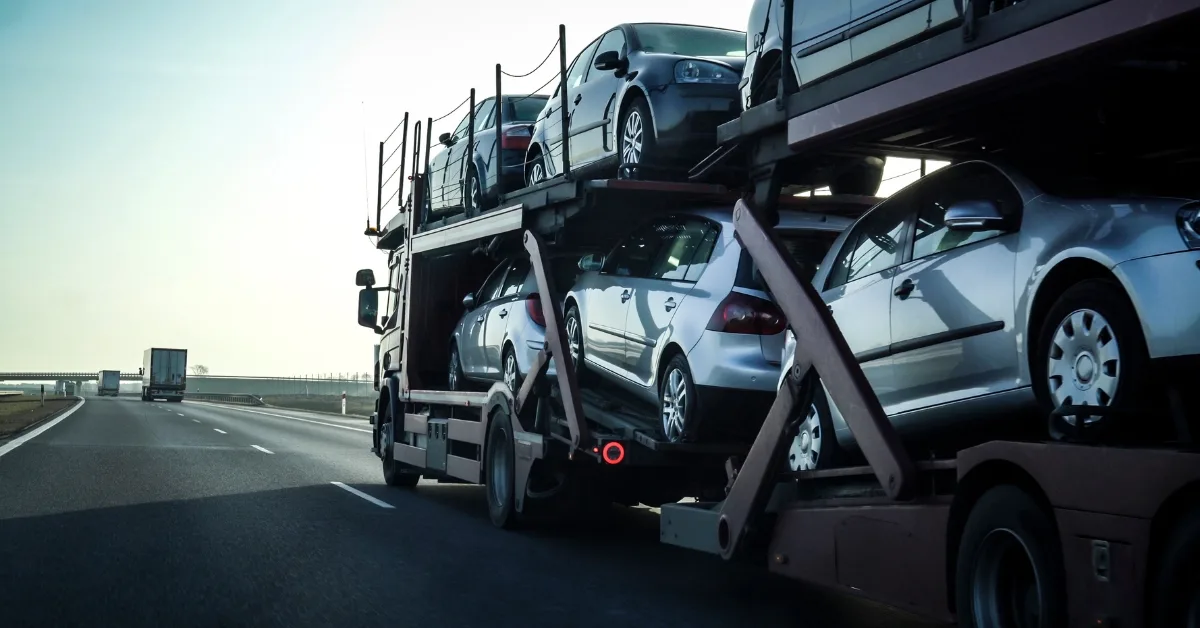
Consumers Are Feeling the Financial Pinch
Another big factor is that British households are really feeling the squeeze when it comes to their finances. High inflation and rising bills have made everyone more cost-conscious. Choosing a used car over a new one can save you thousands of pounds upfront, which is massive when budgets are tight.
It’s easy to see why a driver would go for a reliable used motor instead of taking on a hefty new finance package. Industry experts note that amid economic uncertainty, consumers are increasingly likely to turn to the used car market.
Electric Vehicle Adoption Hits the Used Market
The shift to electric cars is shaking up the used car market. A wave of early EV adopters is now trading in their cars, which means more used EVs are on the scene. In fact, 2024 saw record sales of used electric cars. Transactions for pre-owned EVs jumped 57% year-on-year, and it now makes up around 2.5% of all used car sales.
That share may be small, but it is growing fast.
Drivers are eager to go electric if the price is right, and the used market is making EVs more accessible. Many new electric models carry hefty price tags, but a few years down the line, they can be found used at a much lower cost. Plus, an influx of ex-lease and ex-fleet EVs is starting to nudge used EV prices down, which only encourages more buyers.
The Cost of Running a Car is Increasing
It’s not just the purchase price of a vehicle that’s risen. The ongoing cost of running a car is a major consideration for buyers. Fuel, insurance, and tax costs have all climbed, with insurance premiums up by around 53% in the past two years, and petrol/diesel prices (while down from their 2022 peak) are still higher than they were a few years ago.
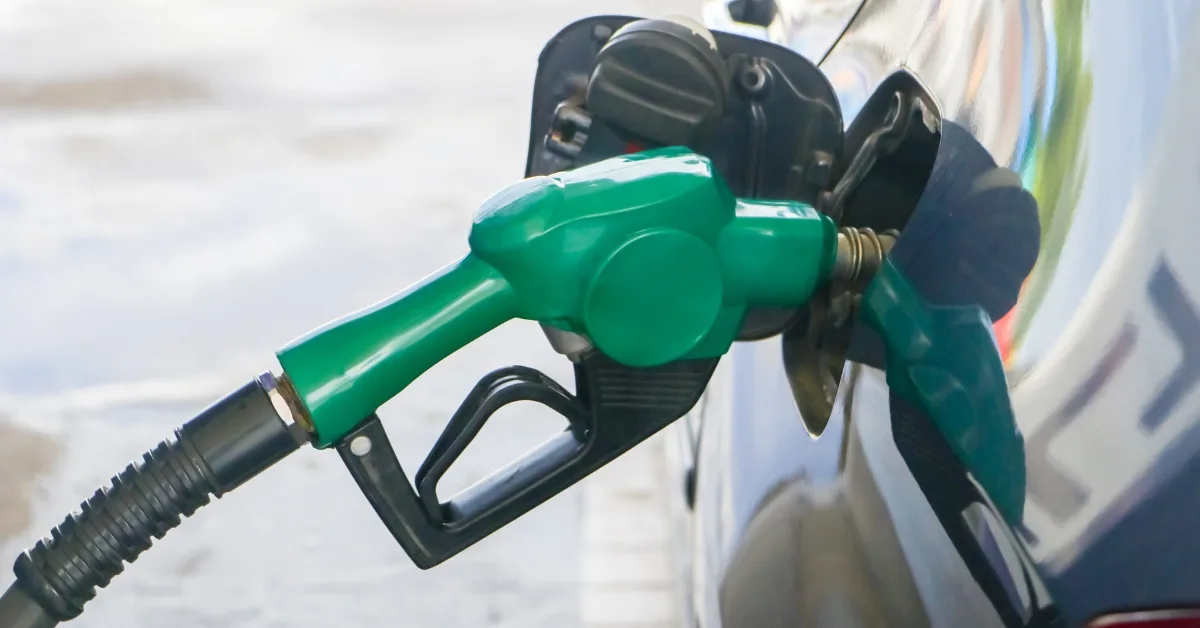
On top of that, changes in taxation are coming into play.
From 2025, electric vehicles will no longer be exempt from road tax; new EVs will have to pay the standard VED rate (around £170 a year), and expensive models will face an extra £425 luxury car surcharge. What’s more, major urban areas like London have expanded low-emission zones that charge older high-polluting cars daily. All these factors make it more expensive to own and run a brand-new, high-value car. When compared with these costs, used car with good fuel economy and lower insurance groups can be much less of a financial burden.
Budgeting for Used Car Maintenance
Used vehicles might save your customers money upfront, but they usually mean more work for the workshop. Newer cars tend to get through the first few years with just routine servicing, and if anything does go wrong, the manufacturer’s warranty often covers it, so it never ends up in your hands
Older vehicles are a different matter. You are far more likely to see them in for diagnostics, general repairs or worn-out parts. Tyres, brakes and batteries often need replacing sooner, and once a car passes the three-year mark, the annual MOT can bring up all sorts of issues that need fixing. That puts extra pressure on your team to manage parts, time and customer expectations.
The upside is that many well-maintained used cars are straightforward to work on, and for the common models, parts are usually easy to source and reasonably priced. They might not be perfect, but used vehicles help keep your ramps full and your team busy.
Keep Used Car Repairs Affordable with Payment Assist
As we’ve discussed, the financial climate is far from predictable at the moment, and the last thing anybody needs is an eyewatering, unexpected car repair bill. At Payment Assist, we provide 0% car repair finance solutions that help your customers handle their car repair costs by splitting them into manageable monthly payments.
Typically a customer will pay 25% of the bill upfront, then spread the rest over the next three months interest-free. That means if you’re working on a used car that needs an expensive fix, you can get your customers back on the road without a big financial burden.
Garages, repair centres, and dealerships across the country have chosen to partner with us, enabling customers to get their cars fixed now and pay later with no extra charges. Sign up today to help your customers spread the cost of your car’s repairs, or get in touch with our team if you have any questions.
FAQs
Is it more profitable to work on older cars or newer ones?
Older cars mean more regular repairs, but margins can be tight if parts are hard to source or jobs take longer. Newer models need less frequent work but bring higher-value diagnostic and tech-based jobs.
What should we flag to customers budgeting for a used car?
Remind them about servicing, tyres, MOTS, and hidden faults. Offering a pre-purchase check is good business and builds trust.
Will evs reduce workshop income?
Not necessarily. less routine servicing, yes, but still plenty to do—tyres, brakes, HV checks, diagnostics. If you’re set up for EVs, it’s an opportunity, not a threat.
